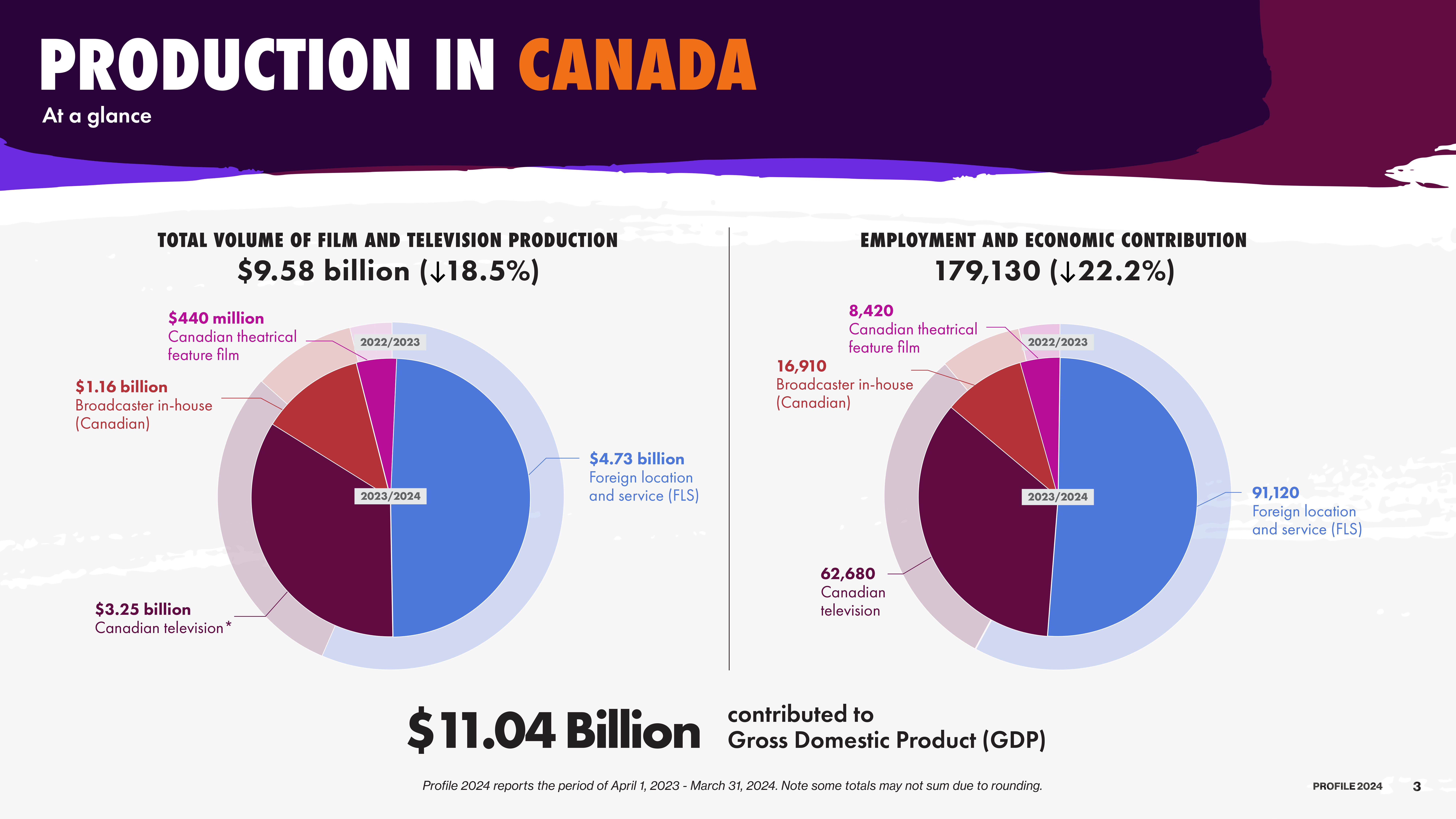Kevin Maimann writes on CBC that Canada’s indie movie theatres say industry is in crisis.

He begins by stating: “Canada’s independent cinema industry is in crisis, its owners say, as they face mounting challenges from streaming services and restrictive Hollywood studio rules.”
It turns out that “rules imposed by major studios like Disney determine when and for how long they are able to screen certain big-ticket films.”
These are called “‘clean runs,’ when studios require an independent theatre to dedicate a screen to just one film for up to four weeks, even if the film stops drawing crowds after the first week. This can be especially frustrating for small-town theatres that only have one screen.”
And they can’t rent their theatre out during that time.
“They said if your door’s open, you’re showing our product.“
Another studio constraint is “zone provisions, which keep exhibitors from playing films that are screening at bigger nearby theatres.
By the time they’re allowed to screen some films, they could be streaming.
See the Network of Independent Canadian Exhibitors report.
My take: could the studios and their distributors be actively trying to kill off independent cinemas? I doubt it. But small town cinemas are so much more than just Hollywood outposts; they are often the only local in-person cultural and artistic hub available to citizens.








